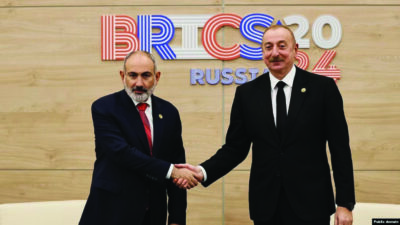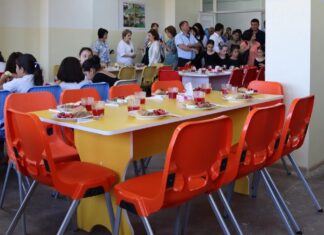CAMBRIDGE, Mass. — Roboticist Nora Ayanian, assistant professor of computer science and director of the Automatic Coordination of Teams Lab at the University of Southern California (USC), and environmental engineering scholar Kelly Sanders, an assistant professor in the Sonny Astani Department of Civil and Environmental Engineering and director of the Sustainable Systems Group at USC, were selected for their innovation and scholarship.
By making the annual list, Ayanian and Sanders join an elite group of global innovators, including Larry Page and Sergey Brin, the co-founders of Google; Mark Zuckerberg, the co-founder of Facebook, and Jonathan Ive, the chief designer of Apple. The Trojans join 11 other USC junior faculty members featured on the list since 2009.
“It is gratifying that the remarkable talent and promise of Nora Ayanian and Kelly Sanders were aptly recognized by MIT Technology Review,” said USC Viterbi Dean Yannis C. Yortsos. “Together with the other 11 USC Viterbi recognized in this list in the last seven years, they represent the new face of engineering — talented, innovative, charismatic, diverse and immensely promising. We could not be more proud of their achievements.”
Ayanian’s research focuses on getting multi-robot systems out of the lab and into the real world. She creates end-to-end solutions for multi-robot coordination, which allow a user to specify the task at a high level, such as using a tablet app, and deliver code to make the team of robots work without roboticists on hand to monitor their progress.
As someone interested in control theory and efficient systems, she needs to know: How can we get robots to work well together as a group?
Other roboticists have studied schools of fish or flocks of birds in order to deconstruct their behavior and apply these findings to groups of robots. Ayanian is one of the few who “crowdsources” humans to deconstruct their behavior.








